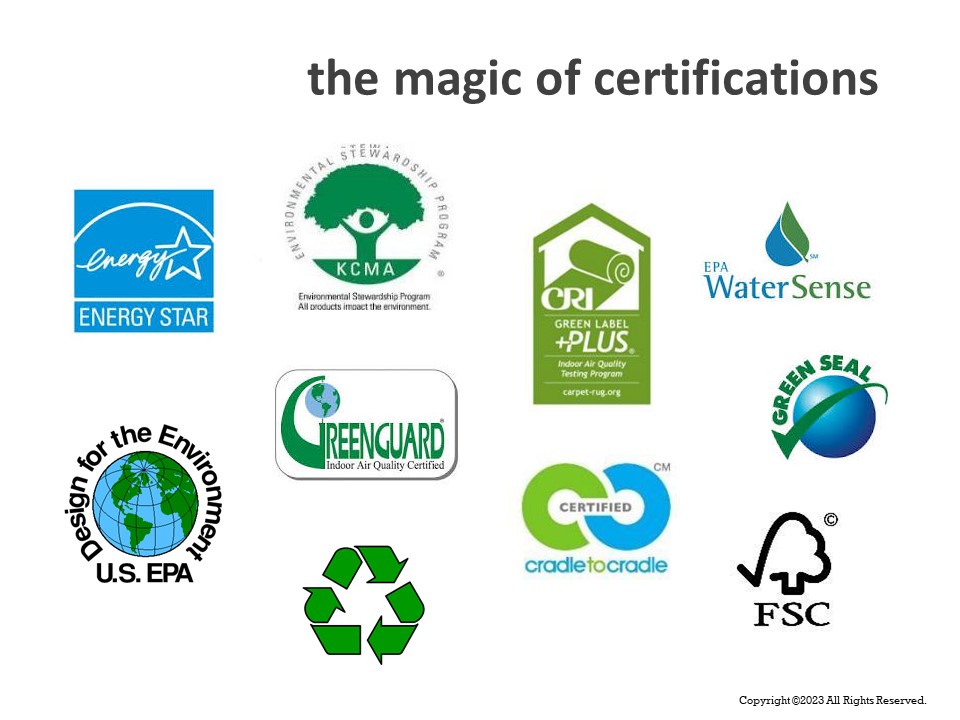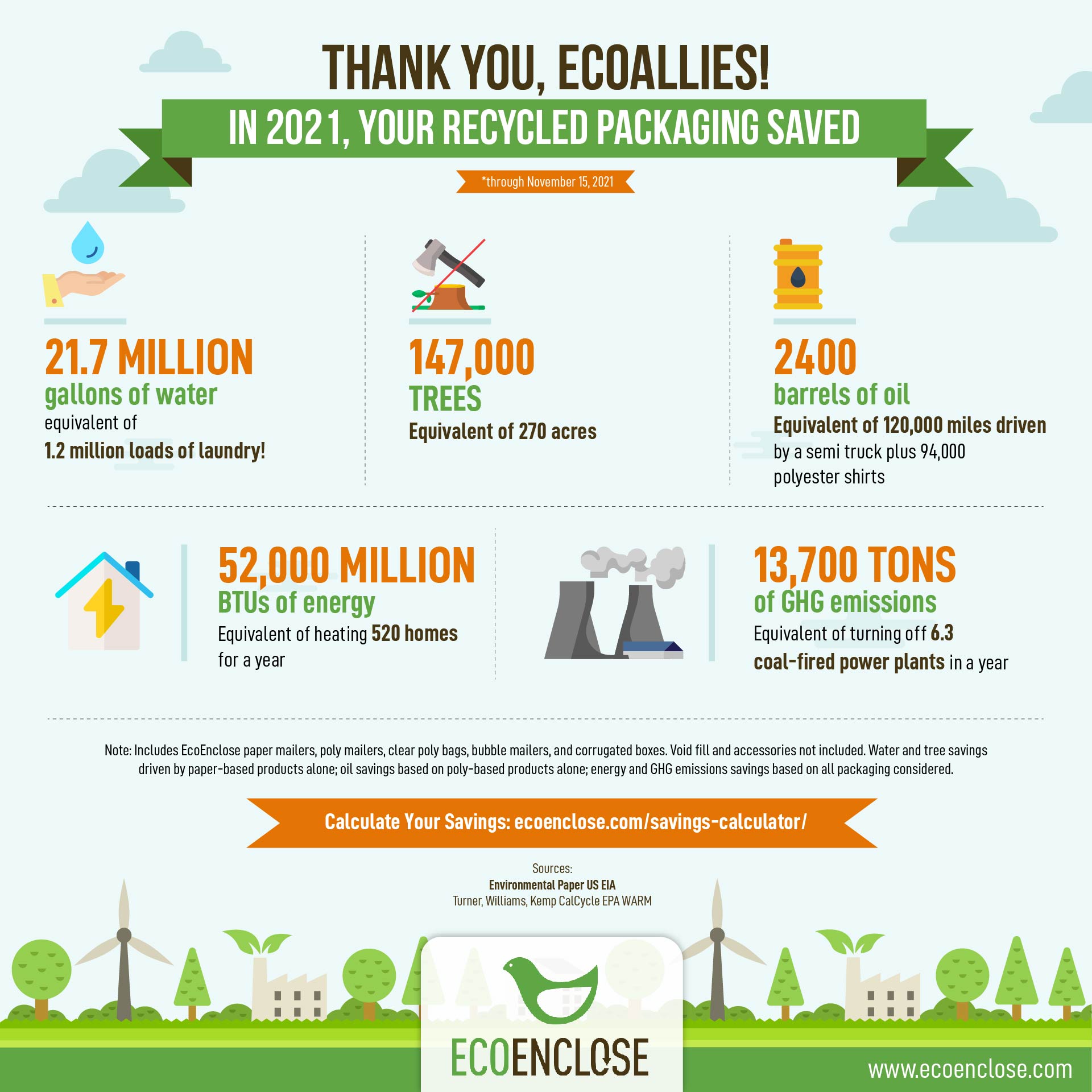How to read and understand sustainable product labels

How to Read and Understand Sustainable Product Labels
As consumers become increasingly environmentally conscious, understanding sustainable product labels is crucial for making informed purchasing decisions. This guide is designed to help middle-aged individuals navigate the complex world of eco-friendly labels, ensuring they can confidently choose products that align with their values and contribute to a more sustainable future.

Introduction to Sustainable Labels
Sustainable product labels are designed to communicate a product’s environmental benefits, such as reduced carbon footprint, use of recycled materials, or energy efficiency. These labels not only help consumers make eco-friendly choices but also encourage companies to adopt greener practices .1 .3.

Types of Sustainable Labels
-
Single-Attribute Labels: Focus on one environmental aspect, such as emissions or water usage.
-
Multi-Attribute Labels: Consider the entire lifecycle of a product, including production, packaging, and disposal .5.
-
Brand Labels: Specific to a company, reinforcing its commitment to sustainability.
-
Informative Labels: Provide detailed information about a product’s environmental attributes.
-
Descriptive Labels: Highlight specific eco-friendly features, such as biodegradability.
-
Grade Labels: Rate products based on environmental impact using scales or ratings .5.

Common Sustainable Labels
-
EcoLabel: Enhances environmental awareness and promotes sustainable production .9.
-
B-Corp: Indicates high social and environmental standards .10.
-
Carbon Neutral: Signals that a company has offset its carbon emissions .10.
-
Australian Certified Organic: Ensures products are made without synthetic chemicals .10.
-
Forest Stewardship Council (FSC): Certifies sustainable forestry practices .10.
-
Cradle to Cradle Certified: Promotes circular economy practices .7.

How to Interpret Sustainable Labels
-
Look for Certifications: Ensure labels are backed by reputable certifications to avoid greenwashing .6.
-
Understand the Criteria: Familiarize yourself with the standards behind each label .7.
-
Check for Transparency: Companies should clearly communicate their sustainability efforts .4.
:max_bytes(150000):strip_icc()/certificationscopy_edit-0d2a065aa4b84ff9840697bc56490c3e.jpg)
Practical Tips for Choosing Sustainable Products
-
Prioritize Recyclable Packaging: Opt for products with recyclable or biodegradable packaging .2 .14.
-
Consider the Supply Chain: Choose products with transparent sourcing and fair labor practices .4.
-
Support Local Brands: Local products often have a smaller carbon footprint due to reduced transportation .10.

Making Sustainable Choices at Home
-
Reduce, Reuse, Recycle: Implement these practices in your daily routine.
-
Educate Yourself: Continuously learn about new eco-friendly labels and practices.
-
Influence Others: Share your knowledge with family and friends to promote a broader impact.

Conclusion
Understanding sustainable product labels is a powerful tool for contributing to a more environmentally conscious lifestyle. By recognizing and supporting eco-friendly products, individuals can drive demand for sustainable practices and help create a healthier planet for future generations.

Additional Resources
For further information on sustainable labels and certifications, visit the Ecolabel Index, which provides a comprehensive database of eco-labels worldwide .7 .11.

Frequently Asked Questions
-
What is Greenwashing?
-
Greenwashing refers to the practice of making false or misleading claims about the environmental benefits of a product or service.
-
-
How Can I Trust Sustainable Labels?
-
Always look for certifications from reputable organizations and research the criteria behind each label.
-
-
What Are Some Common Eco-Friendly Materials Used in Labels?
-
Kraft paper, TerraSkin, and Avon Classic Crest are popular eco-friendly label materials .8.
-
:max_bytes(150000):strip_icc()/certificationscopy_edit-0d2a065aa4b84ff9840697bc56490c3e.jpg)
Engaging with Sustainable Practices
As you continue on your journey to understand and support sustainable products, remember that every small change contributes to a larger impact. Encourage others to join you in making conscious purchasing decisions, and together, you can drive positive change in the market and beyond.

Final Thoughts
Embracing sustainable living is not just about personal choice; it’s about creating a collective movement towards a more sustainable future. By understanding and supporting eco-friendly products, you are part of a broader effort to protect our planet for generations to come.








